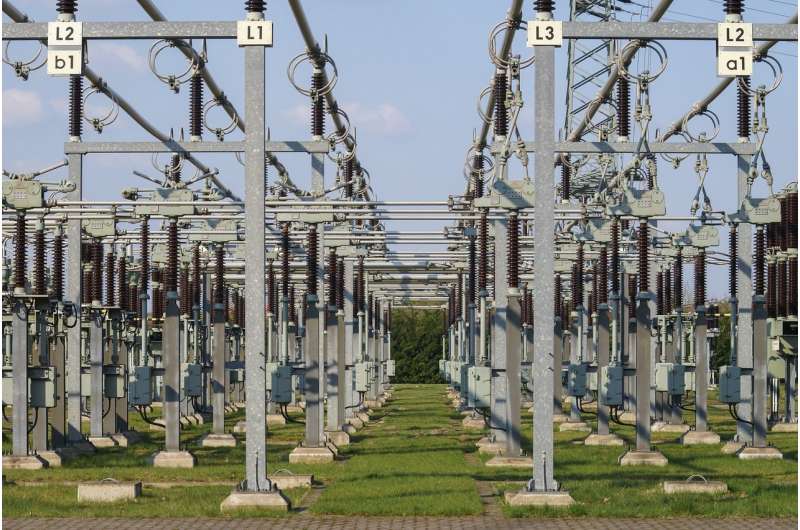March 27, 2018 report
U.S. energy market found to be more unstable over the past decade

A trio of researchers with Carnegie Mellon University has found that the U.S. energy market has become more unstable over the past decade, and because of that, expert predictions have become more error prone. In their paper published in the journal Nature Energy, Evan Sherwin, Max Henrion and Inês Azevedo describe their study of the volatility of the U.S. energy sector, what they found, and suggest that some of the instability may be due to structural changes in the U.S. and world energy systems. Steven Davis with the University of California offers a News & Views piece on the work done by the team in the same journal issue.
Predicting coal production, gasoline imports, and natural gas production in the United States has become more challenging in recent years, the researchers claim, due partly to known and unknown factors—and that, they claim, is important, because world energy systems are such a major part of world economics in general. The trio came to this conclusion after conducting a study of the energy system in the U.S. More specifically, they looked at energy statistics from 1952 to 2015, such as production numbers and prices. As part of their study, they looked at volatility for each year, which was calculated by factoring in the amount of change and how large it was. They also compared predictions made by energy experts with actual outcomes to see how well they fared over the same time period.
The researchers report that the most recent decade was the most volatile. They also found that the most recent decade proved to be the most challenging for experts to predict, as well, as they were wrong more often than in previous decades.
The researchers note that the rise in fracking, which led to an increased supply of natural gas and plummeting prices, most certainly played a major role in some of the volatility seen in the last decade, but insist it does not account for all of it—the volatility began before the increase in fracking. They point out that at this time, it is not clear what other factors might be involved, but suggest that cultural shifts in the U.S. and world economy may be a factor.
More information: Estimation of the year-on-year volatility and the unpredictability of the United States energy system, Nature Energy (2018) DOI: 10.1038/s41560-018-0121-4 , www.nature.com/articles/s41560-018-0121-4
Abstract
Long-term projections of energy consumption, supply and prices heavily influence decisions regarding long-lived energy infrastructure. Predicting the evolution of these quantities over multiple years to decades is a difficult task. Here, we estimate year-on-year volatility and unpredictability over multi-decade time frames for many quantities in the US energy system using historical projections. We determine the distribution over time of the most extreme projection errors (unpredictability) from 1985 to 2014, and the largest year-over-year changes (volatility) in the quantities themselves from 1949 to 2014. Our results show that both volatility and unpredictability have increased in the past decade, compared to the three and two decades before it. These findings may be useful for energy decision-makers to consider as they invest in and regulate long-lived energy infrastructure in a deeply uncertain world.
© 2018 Phys.org















